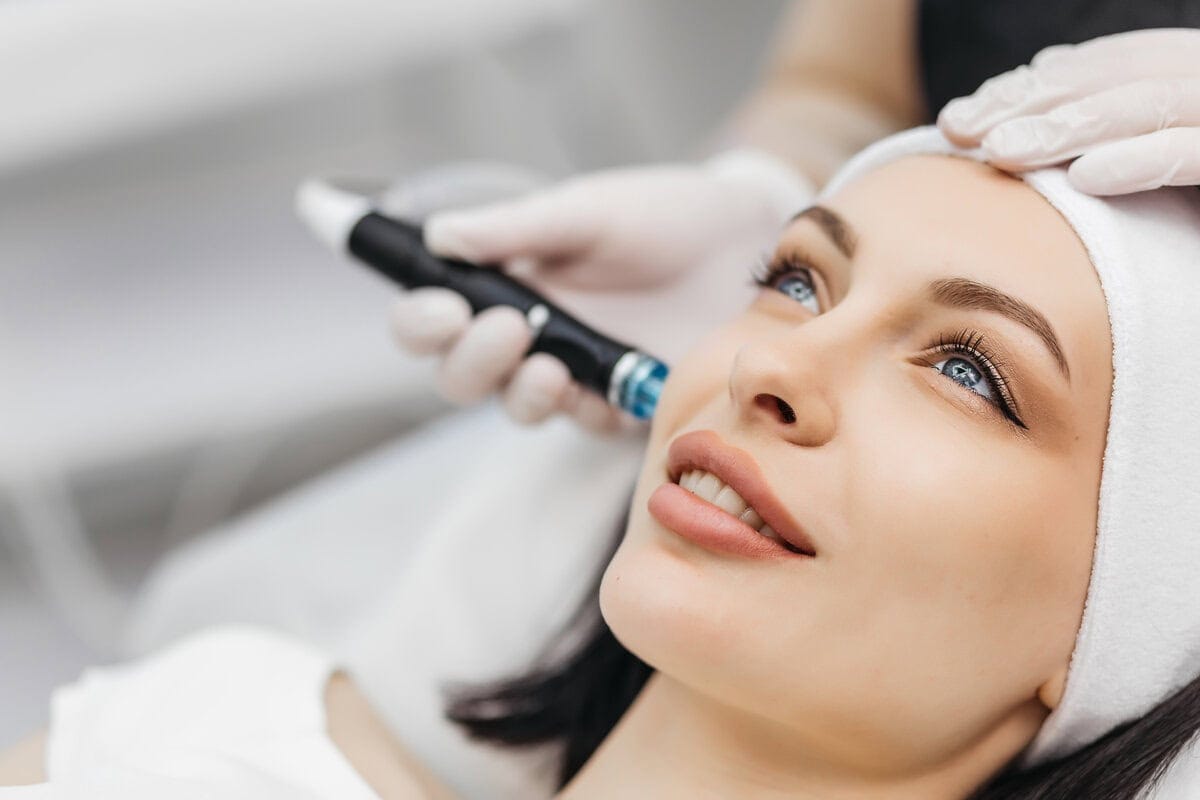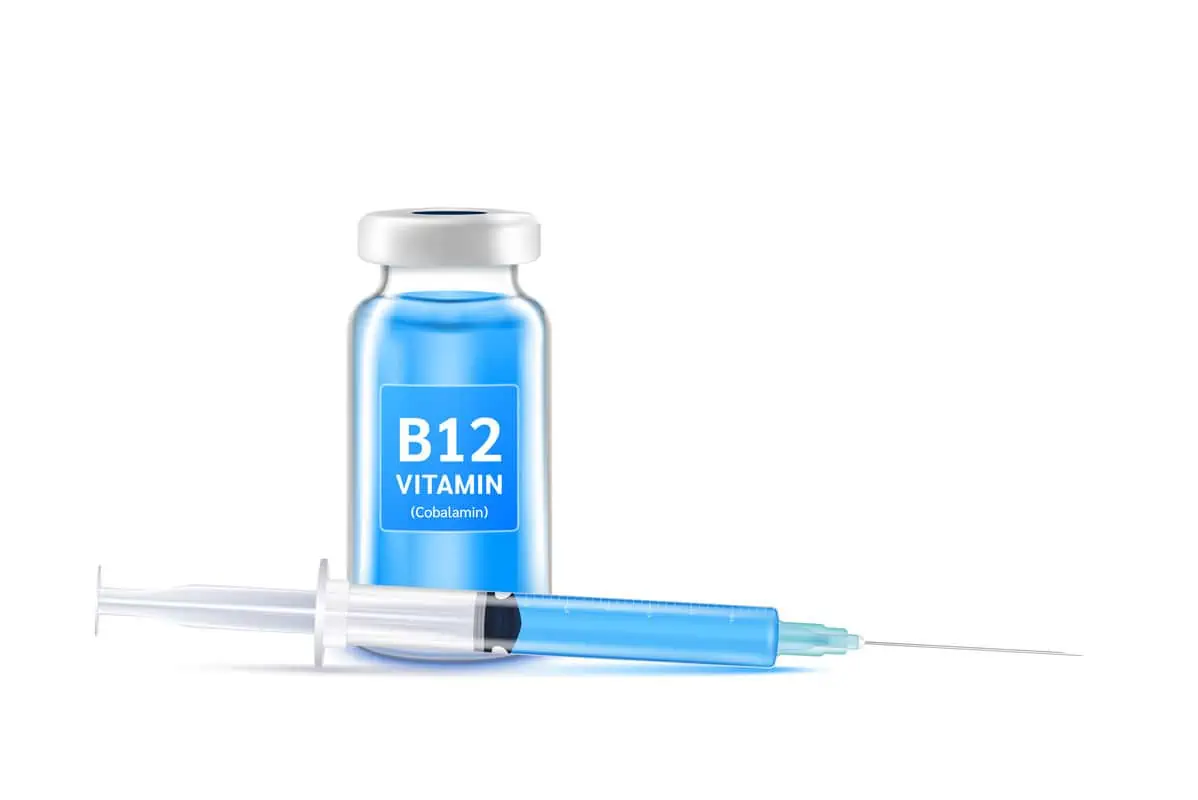Introduction
Neurotoxins, an intriguing class of substances that have revolutionized the world of cosmetics, have become synonymous with the pursuit of youthful radiance and beauty. These remarkable compounds, such as Botox, Dysport, and Xeomin, have catapulted the field of aesthetic enhancements to new heights, offering individuals the promise of smoother skin and a rejuvenated appearance.
Prepare to embark on an eye-opening journey as we explore the captivating realm of neurotoxins. By immersing ourselves in this topic, we aim to transcend the superficial allure and delve into the scientific foundations that underpin their application in cosmetic procedures. We will demystify the mechanism through which neurotoxins work their magic, temporarily erasing the visible markers of aging and enabling you to comprehend their transformative power.
However, our primary focus is your well-being and peace of mind. Amidst the clamor surrounding neurotoxins, we acknowledge the need to address the burning question: Are they safe? Brace yourself for an unbiased examination of the safety landscape, meticulously scrutinizing research findings, regulatory measures, and expert opinions to offer you a comprehensive and transparent perspective. We believe that empowerment lies in knowledge.
Understanding Neurotoxins
Neurotoxins, in the context of cosmetic procedures, refer to a class of substances derived from bacteria that can disrupt nerve cell function. These compounds, with Botox, Dysport, and Xeomin being prominent examples, have found widespread use in aesthetics. Neurotoxins are specifically utilized to address common signs of aging, particularly wrinkles and fine lines. By harnessing their unique properties, cosmetic practitioners can temporarily diminish the appearance of these age-related concerns, offering individuals a renewed sense of confidence and youthful vitality.
Botox, the most well-known neurotoxin in the cosmetic industry, has become synonymous with wrinkle reduction. Dysport and Xeomin are also popular alternatives that share similar properties and effects. Each neurotoxin is formulated using different strains of bacteria and varies slightly in composition. However, their overarching purpose remains consistent: to target and alleviate the signs of aging, primarily by reducing wrinkles and fine lines.
The Safety Debate: Are Neurotoxins Safe?
Before delving into the safety of neurotoxins in cosmetics, it is crucial to understand the rigorous regulatory process these substances undergo. Health regulatory agencies, such as the Food and Drug Administration (FDA), carefully evaluate the safety and efficacy of neurotoxins before approving cosmetic use. This process involves extensive testing, including preclinical studies and rigorous clinical trials, to ensure that neurotoxins meet stringent safety standards. By adhering to these regulatory protocols, governing bodies strive to protect public health and instill confidence in the safety of these cosmetic treatments.
A. Arguments in Favor of Neurotoxin Safety
- Extensive Research and Clinical Trials: The safety profile of neurotoxins is supported by comprehensive research and numerous clinical trials. These studies evaluate their efficacy, optimal dosages, and potential adverse effects. The results of these trials provide valuable insights into the safety and effectiveness of neurotoxins when administered by qualified professionals.
- Widespread Use with Low Reported Adverse Effects: Neurotoxins have gained widespread popularity in cosmetic procedures, with millions of treatments performed annually. Despite their prevalence, the reported incidence of adverse effects remains relatively low. This observation suggests neurotoxins have a favorable safety profile when administered correctly and appropriately.
B. Arguments Against Neurotoxin Safety
- Concerns about Long-Term Effects and Potential Risks: While short-term safety has been well-documented, concerns persist regarding the long-term effects of neurotoxin use. Some critics suggest that prolonged or excessive use of neurotoxins may lead to unforeseen consequences. Although scientific studies have not definitively established any significant long-term risks, ongoing research continues to explore this aspect to provide a more comprehensive understanding.
- Controversies Surrounding Off-Label Uses and Unqualified Practitioners: One of the main concerns surrounding neurotoxin safety revolves around off-label uses and unqualified practitioners’ administration of these substances. Off-label uses to refer to neurotoxins for purposes other than those approved by regulatory authorities. Without proper medical supervision and expertise, the risks associated with neurotoxin treatments may increase. Additionally, unqualified practitioners may need more knowledge and experience to ensure safe and effective administration, potentially leading to adverse effects.
Unveiling the Risks and Side Effects
Neurotoxin treatments, while generally safe, may present specific side effects that are commonly encountered and expected. These effects are temporary and resolve on their own quickly. The following are some of the commonly reported side effects:
- Temporary Muscle Weakness: Neurotoxins work by temporarily inhibiting muscle contractions. As a result, individuals may experience temporary weakness in the treated muscles. This effect is typically localized to the injection site and diminishes over time as the neurotoxin’s effects wear off.
- Injection Site Reactions: It is common to experience mild injection site reactions following neurotoxin treatments. These reactions may include bruising, swelling, redness, or tenderness at the injection site.
These risks, although infrequent, emphasize the importance of receiving treatments from qualified professionals in appropriate settings. The following are some of the rare but serious risks linked to neurotoxin use:
- Allergic Reactions: In rare instances, individuals may be allergic to neurotoxin treatments. Itching, hives, swelling, breathing problems, and a rapid heartbeat are some of the signs of an allergic reaction. It is critical to get medical help immediately if you exhibit any symptoms of an allergic reaction.
- Infections: Although uncommon, there is a risk of infection associated with neurotoxin injections. Proper sterile techniques and a clean treatment environment are crucial in minimizing this risk. Signs of infection may include increased pain, redness, warmth, swelling, or pus at the injection site. If you suspect an infection, prompt medical evaluation and appropriate treatment are necessary.
- Possible Toxin Spread Beyond the Intended Injection Site: While rare, there have been reports of neurotoxins spreading beyond the intended injection site. This phenomenon can lead to unwanted muscle weakness. The risk of toxin spread can be minimized by choosing an experienced practitioner who thoroughly understands facial anatomy and follows appropriate injection techniques.
Precautions and Safety Measures
Choosing a qualified and experienced practitioner is crucial when considering neurotoxin treatments for cosmetic purposes. A skilled professional with expertise in administering neurotoxins can significantly reduce the risks associated with these procedures. They have an in-depth understanding of facial anatomy, appropriate injection techniques, and the necessary training to ensure safe and effective outcomes. Selecting a reputable practitioner can enhance the likelihood of achieving desirable results while minimizing potential complications.
Proper dosage and injection technique play pivotal roles in the safety and efficacy of neurotoxin treatments. A qualified practitioner will carefully assess your needs, considering factors such as muscle strength, desired outcomes, and previous treatment history. They will then determine the appropriate dosage to achieve the desired effect without compromising safety. Additionally, adhering to proper injection techniques ensures precise placement of the neurotoxin and minimizes the risk of unintended muscle weakness or toxin spread. By prioritizing these aspects, practitioners can help optimize results while prioritizing patient safety.
Informed consent is essential to any medical procedure, including neurotoxin treatments. Practitioners must discuss potential risks and side effects with their patients in detail. This open and transparent communication allows individuals to make informed decisions about their treatments, fully understanding the benefits and potential risks involved. During your consultation, your practitioner should provide clear information regarding the anticipated outcomes, possible side effects, and any rare but serious risks associated with the procedure. This discussion lets you weigh the benefits against the risks and decide on your treatment plan.
Conclusion
The risks and side effects associated with neurotoxins were unveiled, emphasizing commonly encountered side effects such as temporary muscle weakness and injection site reactions. We also shed light on rare but serious risks, including allergic reactions, infections, and the possibility of toxin spread beyond the intended injection site.
It is crucial to recognize that while neurotoxins have become popular treatments for achieving a youthful appearance, they have potential risks and side effects. Being well-informed about these risks is essential for making educated decisions about your cosmetic journey. Understanding the risks and side effects allows you to have realistic expectations and take necessary precautions to ensure a safe treatment experience.
Remember, at Royal Wellness Clinic, your safety and satisfaction are paramount. We would like to help you at every step of your cosmetics journey, providing expert advice and personalized care and ensuring your peace of mind. Make informed decisions, prioritize your safety, and confidently embark on your aesthetic transformation. Request an Appointment Today!







